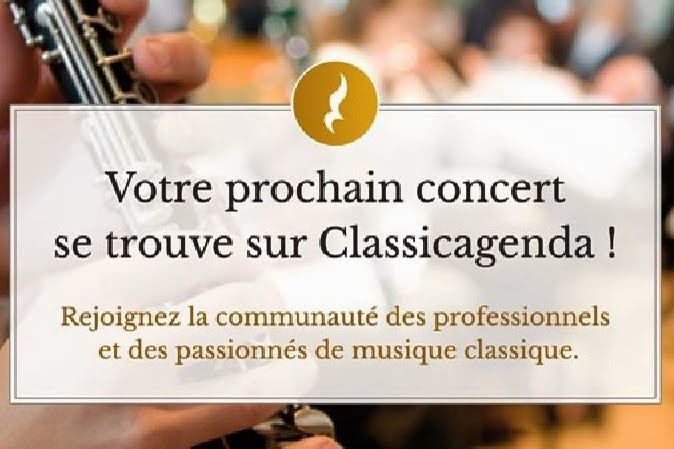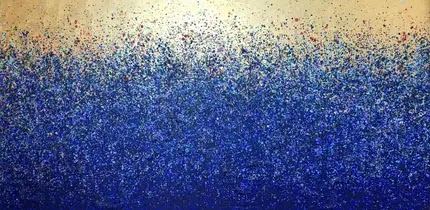Some ten
years ago, I wrote about some Art Nouveau buildings by the architect Jules
Lavirotte (1864-1929), the most famous ones perhaps to be found on Avenue and
Square Rapp (see here), but I also wrote about the Céramic Hotel (see here) and
on a building on Avenue Messine (see here). There are a few more to be seen in
Paris, so I thought it was time to make a more complete “report”.
Lavirotte's
first contract in 1898 – he was 34, was obviously for 151, Rue de Grenelle. The
style is not yet really so striking. I feel that it’s more particularly the
front door which gives you an Art Nouveau feeling.
In 1899 he
was the architect of Hôtel Montessuy, 12 Rue Sédillot. This was built as a private
mansion for the Countess Montessuy and we can see that here Lavirotte has been
much more creative. The building is
today to a large extent transformed in its interior – it has become an Italian
school.
1900-1901
he built at 29 Avenue Rapp and…
… at Square
Rapp the buildings for which he is the most famous and which definitely are Art
Nouveau. The spectacular part is of course to a large extent due to the ceramics
and Lavirotte’s collaboration with Alexandre Bigot (1862-1927), a ceramicist who
also worked a lot with other Art Nouveau architects, like Hector Guimard (see
posts here). Lavirotte made Square Rapp, which was finished first, into his
private address.
A “softer”
Art Nouveau version is to be found at 134 Rue de Grenelle, finished in 1903. Some
prominent people have lived in this building, including Edgar Faure.
The Art
Nouveau is again in full bloom, to a large part thanks to the ceramics by
Alexandre Bigot, at this hotel building from 1904, which actually has the
name Céramic Hôtel.
A surprisingly
modest building - a “moderate rent” one -, from 1906, is to be found at 169
Boulevard Lefebvre. Exceptionally, you cannot read Lavirotte’s name on the facade.
This
building from 1907, 23 Avenue Messine, is again very fashionable, but again
less extravagant, although extremely decorated thanks to the sculptor Léon
Binet, with whom Lavirotte worked regularly. The original building, which we
can see on an old photo, received some additional floors during the 1930’s.
Immediately neighbouring this building, also from 1907, you can find this one, 6 Rue
Messine.
Lavirotte
lived another 20 years… Who was he? What
did he look like? Almost impossible to find anything about his later activities,
his personal life… but I found that there is now, at last and since last year,
a book about him – which I will buy. It seems that he got married in 1897 to
Jeanne, a bit older than he… , that he had a car accident around 1920 which
stopped his career.. … Once I have the book, maybe I can tell you a bit
more.








































































